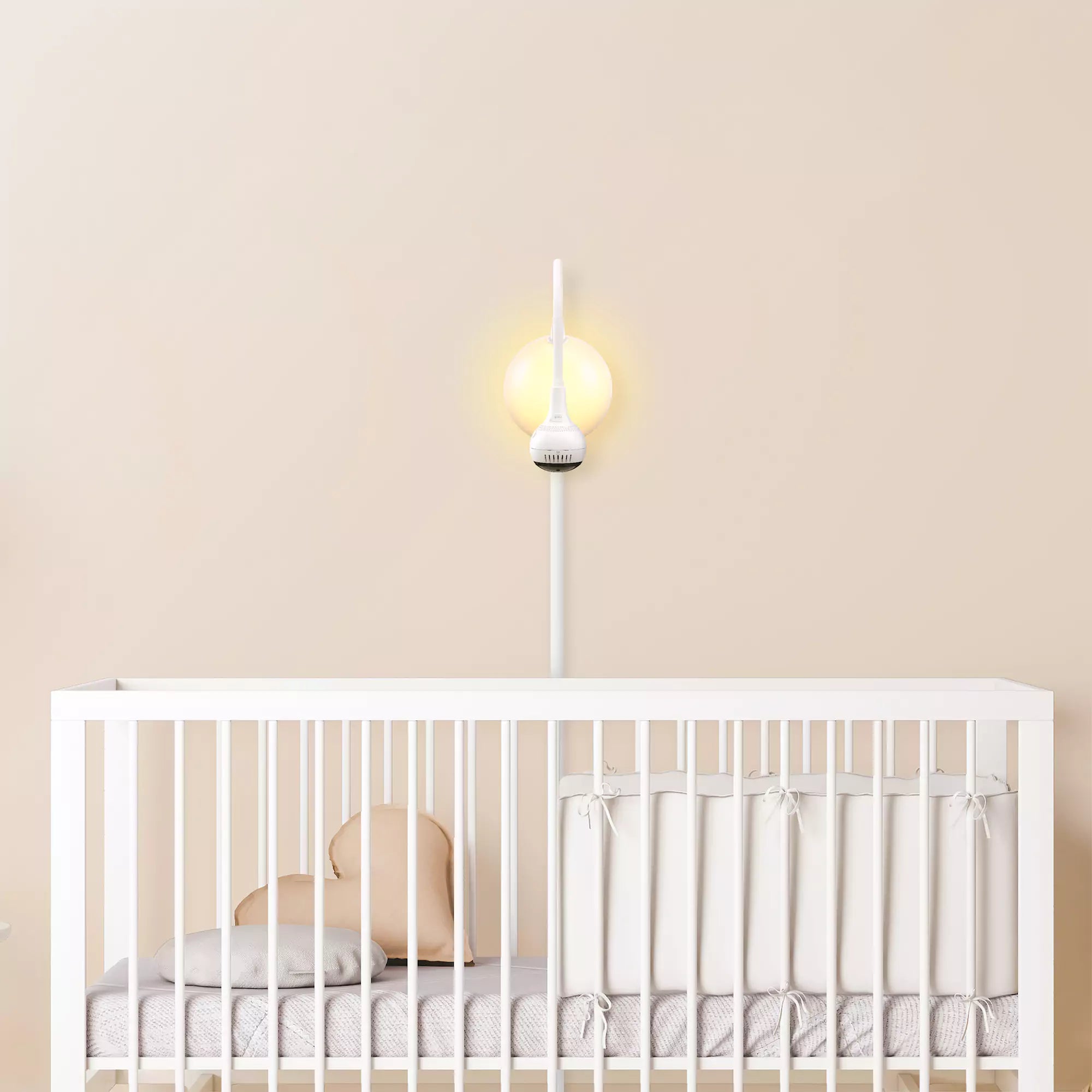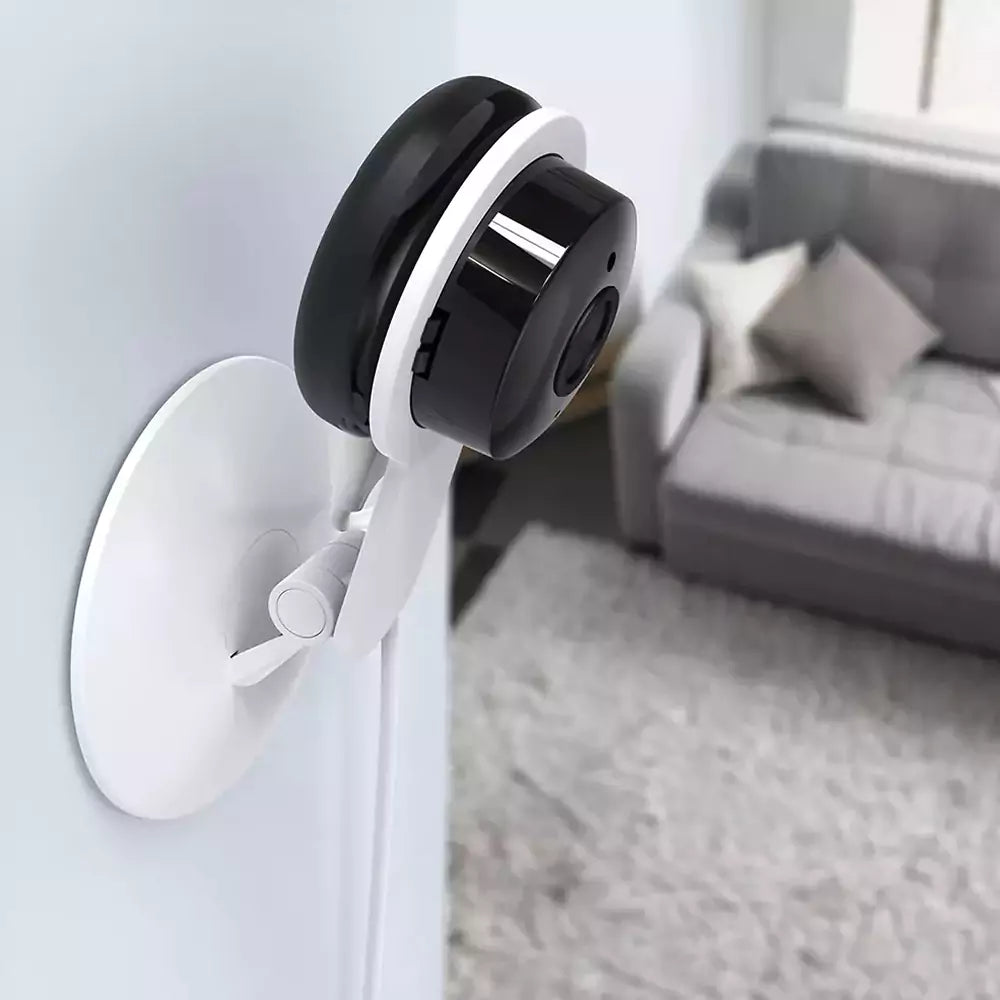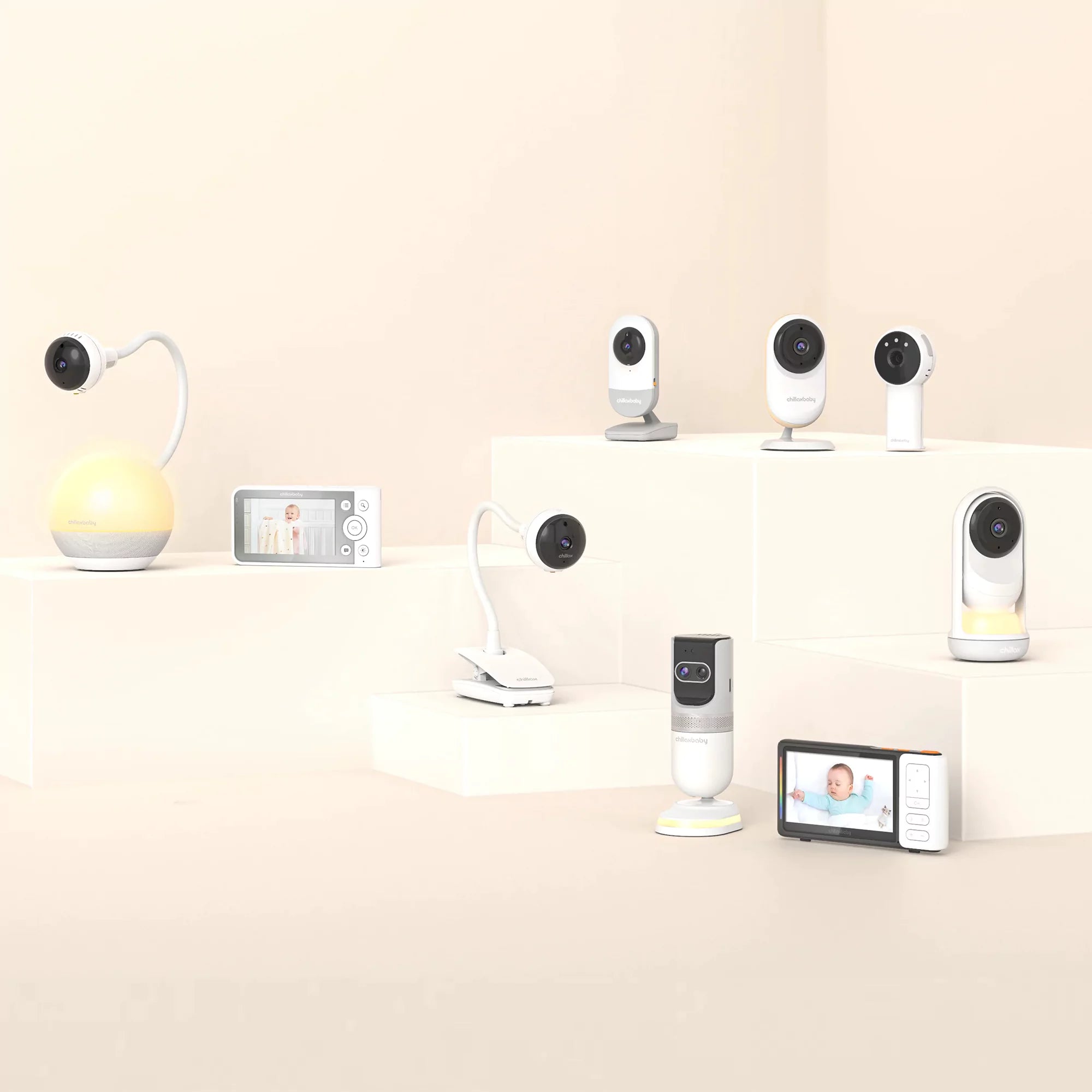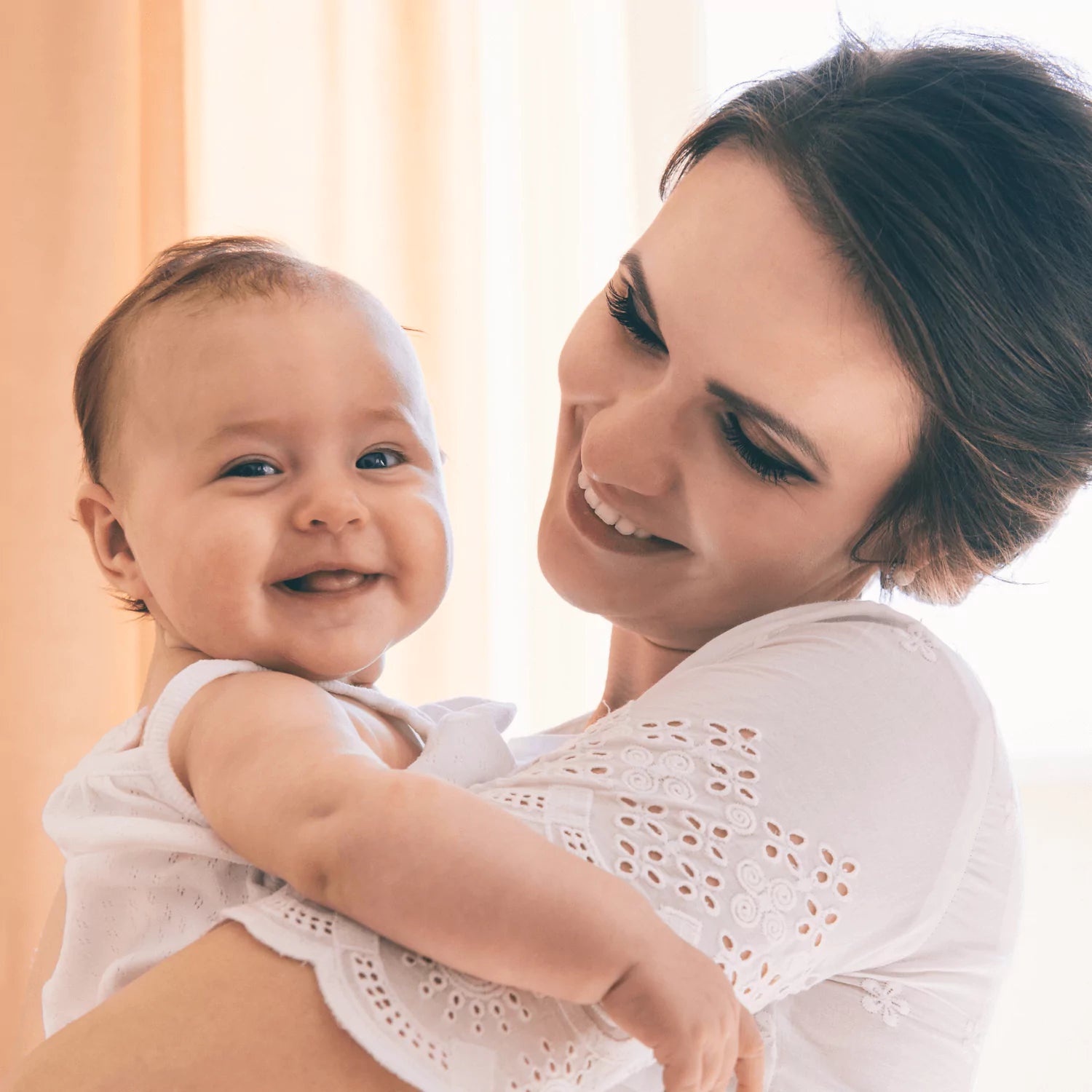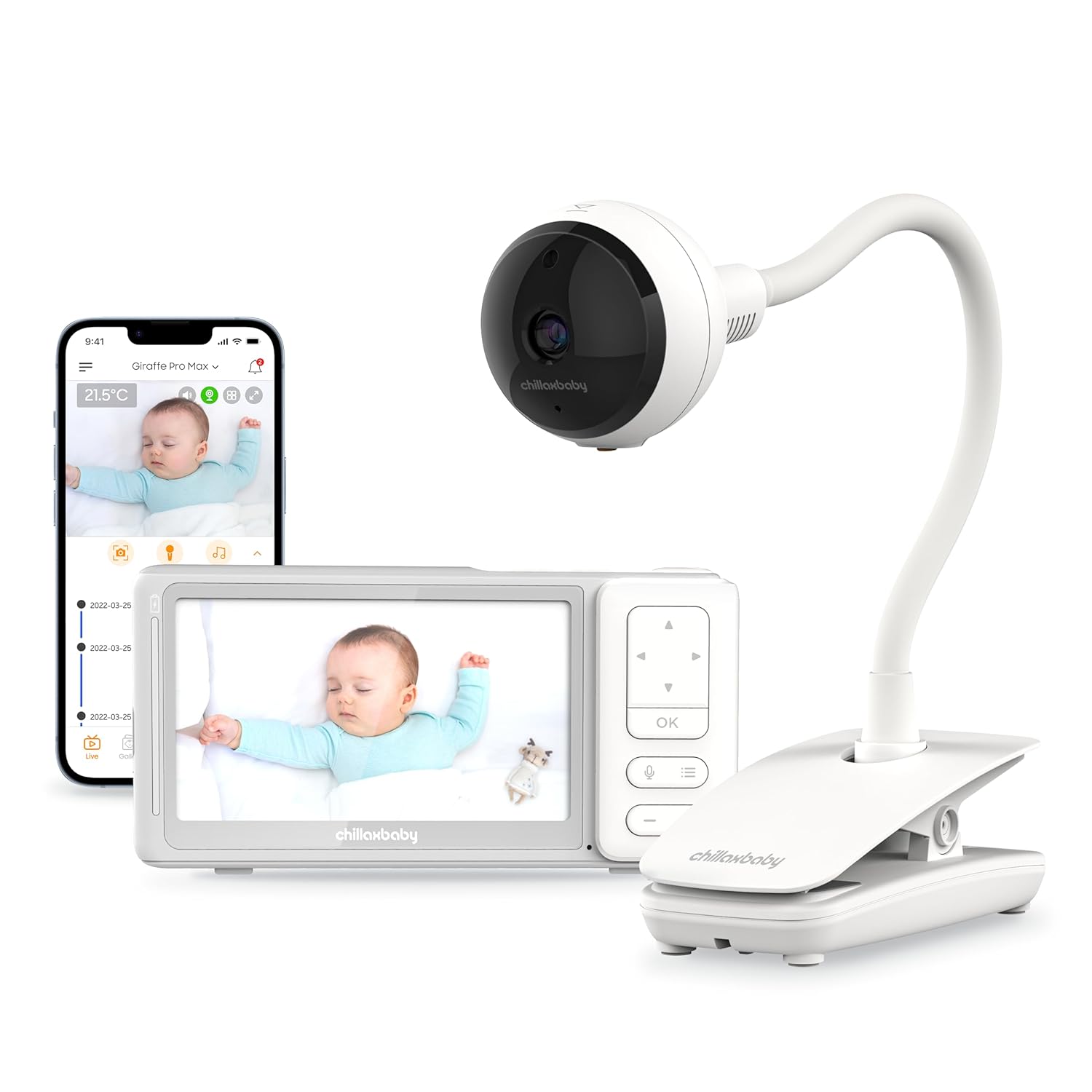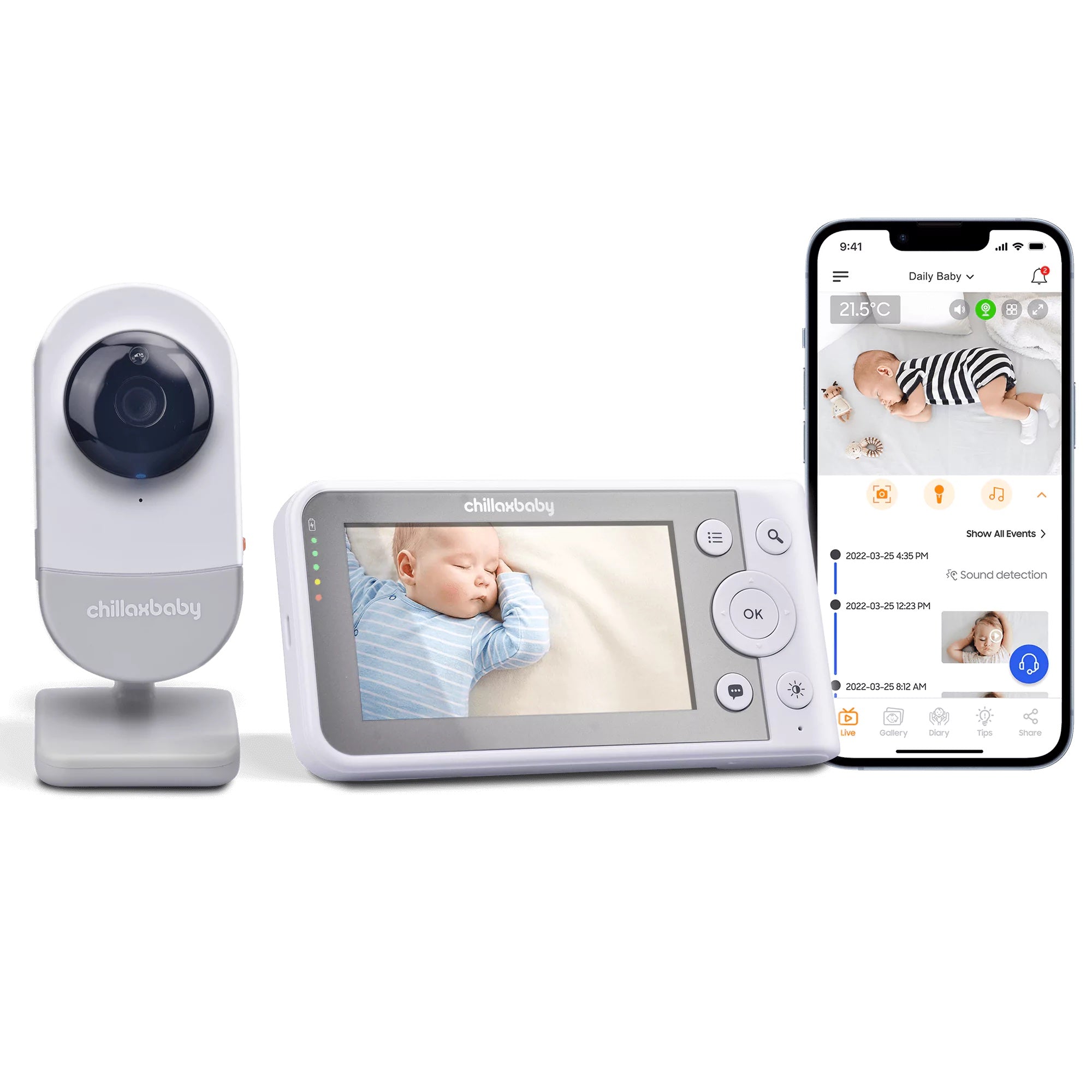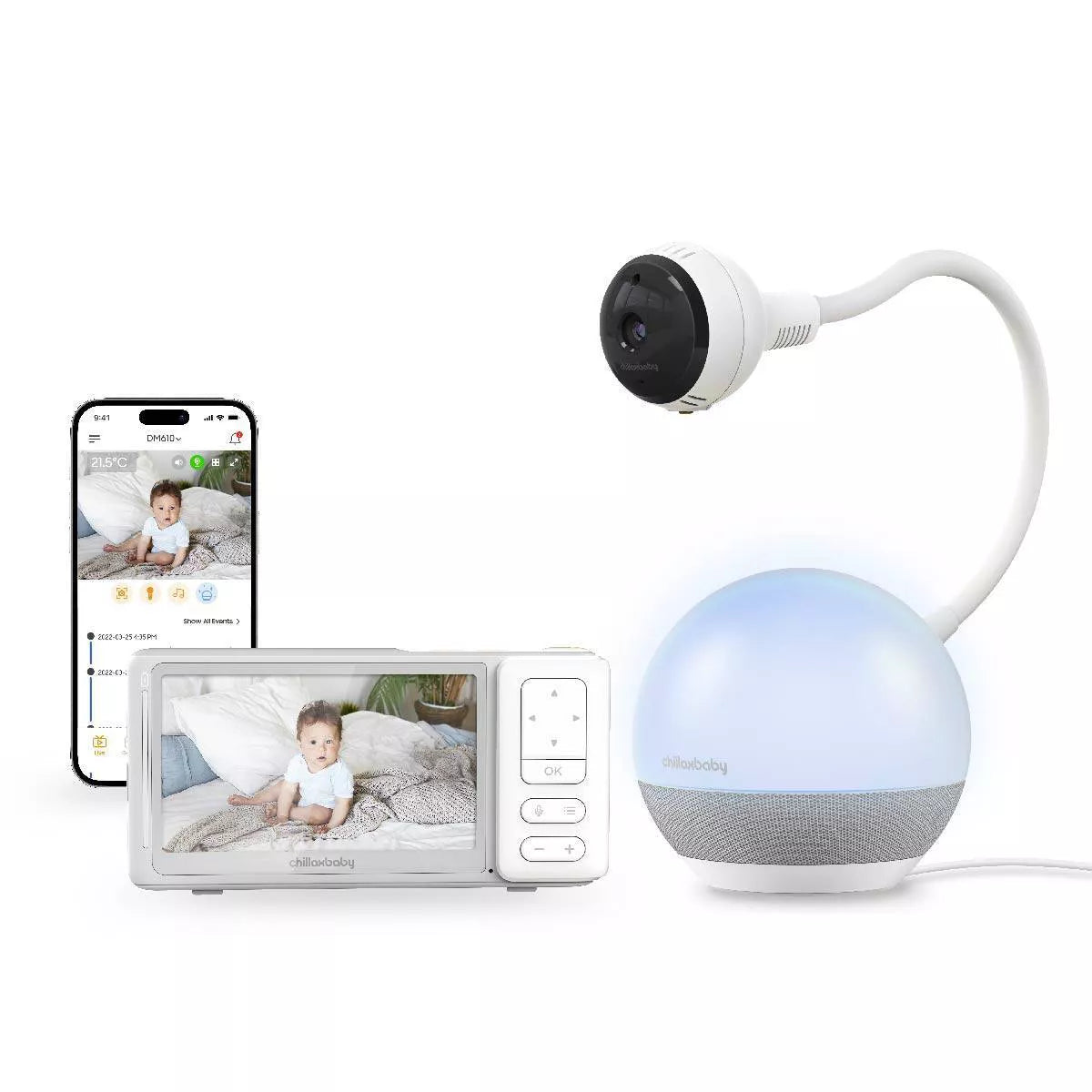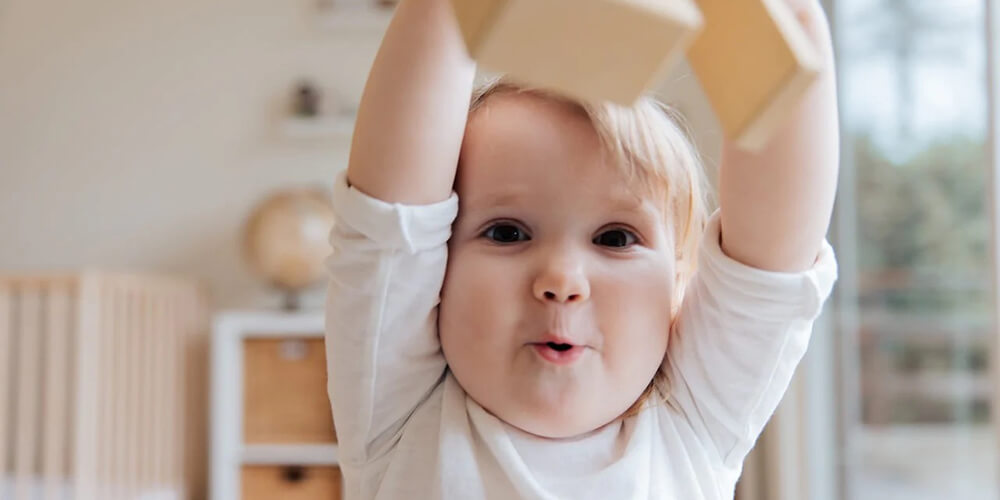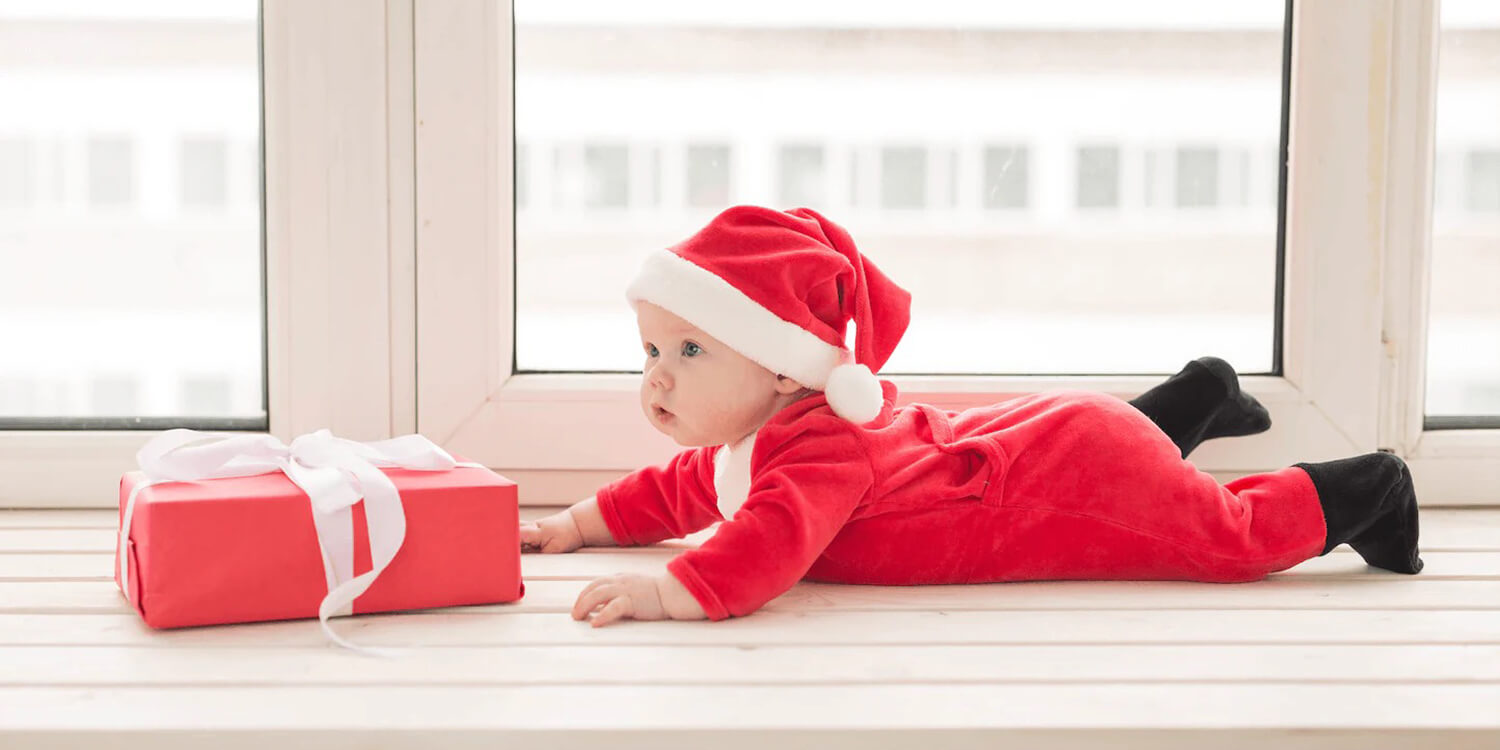As an expectant parent, there’s enough to worry about. You need to think about the birth, should you breast feed or bottle feed, can you afford to raise the baby, are germs going to make your baby sick, your parenting skills be judged by others, and so much more. All this will work itself out and should be taken one day at a time. There are many tools online to help you with every question you might have about preventing household accidents, and you can consult family, friends, and experts for their personal experiences head on.
This short read will help you with another concern you might have as a new parent, baby proofing your home. Below, you will learn about reasons why baby proofing a house is important, how to keep toddlers from unplugging cords, what to do about objects in your home that can pinch small fingers and more. We hope this babyproofing 101 crash course can help give you the peace of mind you need when it comes to keeping your baby safe from any dangers you might have in the home. We recommend a baby monitor with a camera to keep a constant and watchful eye on your little one if you need to quickly work on a chore or reply to a phone call. A smart WIFI monitor will even send alerts directly to your phone if sound or movement is detected in the zone that you are watching.
Baby proofing might sound complicated and as you look around your house or apartment you might think everything is a danger to your baby and toddler but it’s not as bad as you think. There are obvious things to baby proof like the stairways, pool, and electrical outlets and everything else is common sense.
Here are a few questions you should ask yourself when baby proofing:
- Can it pinch a body part?
- Can it hurt if baby trips or falls onto it?
- Is it hot or sharp?
- Is it heavy and wobbly?
- Is it dangling or too small and can become a choking hazard?
- Is it toxic like medication or cleaning products?
If you answered yes to any of these questions, you should probably implement childproofers. A baby proofing checklist can help you baby proof your home quickly without having to wonder what needs to be done. If you really want to get deep into baby proofing, you can go down to all fours and see what your baby sees. You might have missed the Lego under the couch or the cord that dangles behind lamp. If a lamp cord is a concern, you can think about a baby proof lamp that works on batteries to avoid having a cord that can fall to the floor. The most common rooms that need baby proofing are the following:
-
Kitchen and Dining Room
Kitchens are large areas of the home with a lot of potential dangers for baby and toddler. Usually, a kitchen has an open floor plan which makes it hard to add a gate or close a door to keep your little one away. This makes it super important to keep sharp objects, heavy dishes and appliances, and anything hot out of reach. In this room of the home, it’s recommended to always keep an eye open on things that can be intriguing for baby to play with, touch, or put in their mouth.

-
Living Room and Family Room
The living room is a calmer spot in your home. You will usually find soft cushions and fluffy blankets but there are still dangers lying around. Do you have a fireplace, or do you have a tv that’s a little wobbly if you touch it? If so, use the necessary precautions to keep these objects safe from baby like adding a gate to the fireplace or using an anchor to tie the tv to the wall. For the first couple of years with your baby and toddler you might have to omit from decorating with things like candles, plants, or books on low shelves. This is a sacrifice most parents need to make. If you have a square family room table, baby proofing a coffee table is easy, a foam protector can quickly make the corners soft. You can also consider taking the table out for the first few years, it’s not always needed and will give your baby extra space to move around in the family room.
-
Bathroom
With the bathroom its recommended to start by lowering the temperature of your hot water heater to about 49C (120F). Anything over this can cause burns. Place medications out of reach higher up and add a lock to your toilet. There is no need for your baby or toddler to go into the bathroom without supervision so just keep this door always closed and there’s less to worry about.
-
Nursery and Playroom
The nursery and playroom are usually filled with cozy things like soft plushies and a comforting crib to sleep in. These rooms are most importantly functional. Avoid anything that can hang with your decorations, add a thick rug or carpet to keep your baby protected if he topples over, use a box without a cover to hold all the playthings, and add finger pinch guards to the doors to prevent unnecessary ouchies. A glider is safer than a rocking chair, think about adding one to your baby registry. Use the camera from the baby monitor in this room as much as you can to monitor your baby while they sleep and play. You might consider leaving a camera permanently in this room and getting another for other rooms.
-
Stairways
When it comes to stairs in your home you will quickly see that it’s easy to childproof stairs. Add a gate where it’s necessary. Either at the top or bottom or both depending on how much time you spend with baby on both floors. When walking on the stairs with baby in your arms take a quick look before going up or down to see if anything can cause you to trip and think about adding lights to help see in the dark in you need to heat up a bottle in the middle of the night.

If you are still unsure after reading this blog post and looking around your home for possible dangers to your baby and toddler, take the time to consult a baby proofing service to ask for advice and even set up an appointment so they can come over to your house and give you a checklist and take care of the necessary baby proofing based on their observations.

